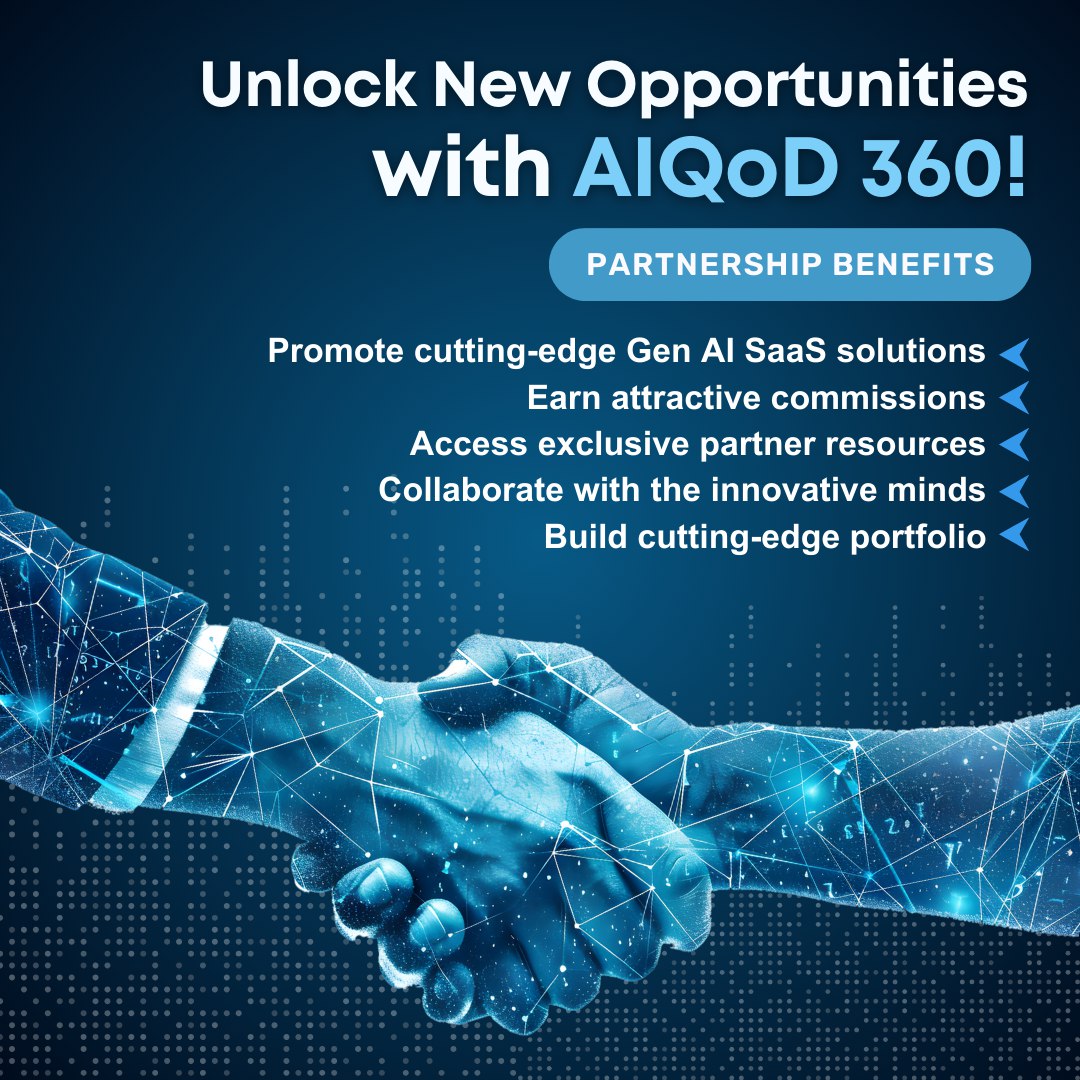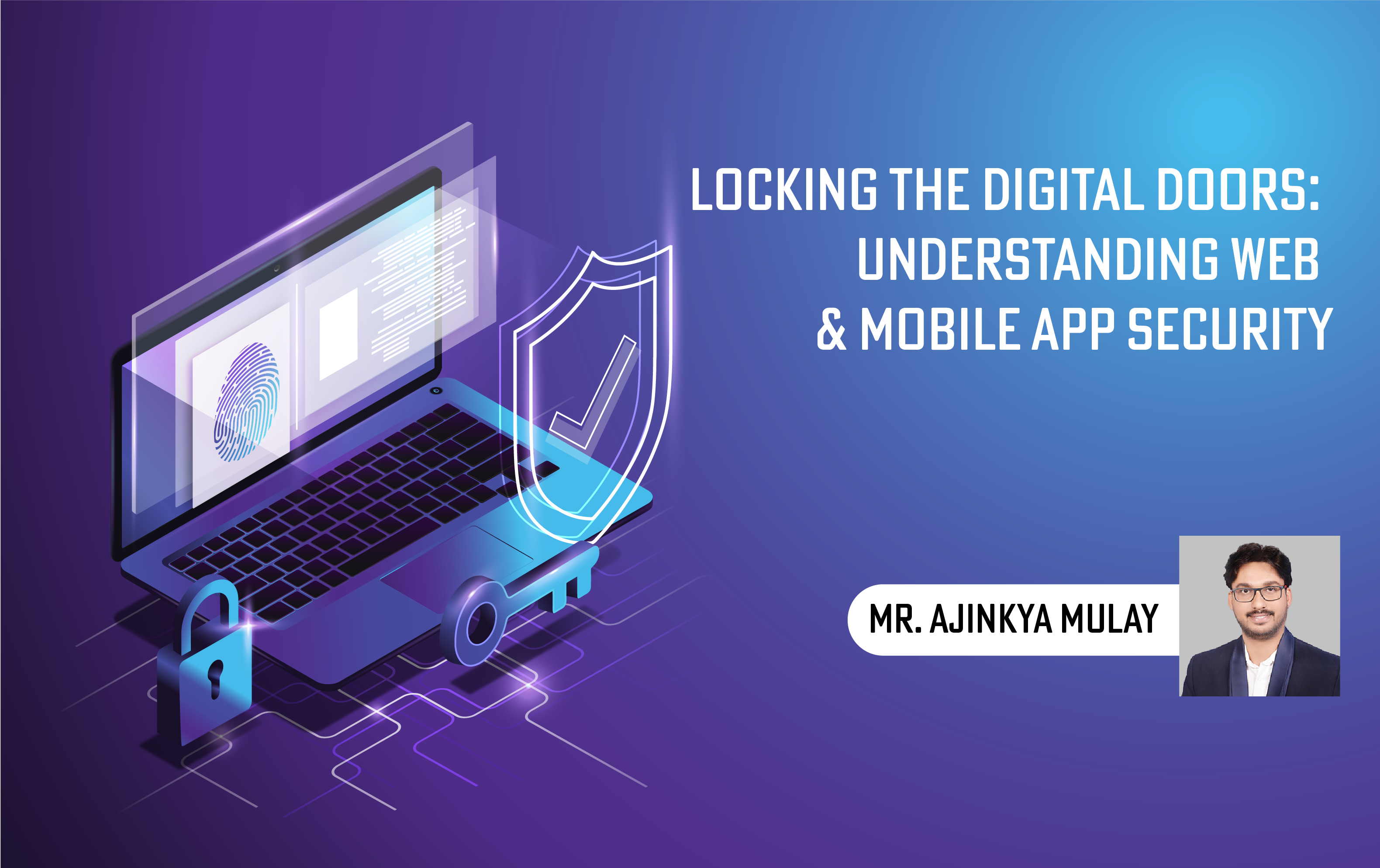AI Ops Across Every Business Function with AIQoD360
The Next Business Superpower: AI Ops for Every Department
Imagine running your entire business—from Finance to HR to Operations—on autopilot. No delays. No errors. No manual work. That’s the power of AI Operations (AI Ops), and it’s no longer reserved for tech giants.
Indian businesses can now deploy AI Ops across every department—boosting speed, cutting costs, and eliminating inefficiencies—thanks to GenAI-powered Super AI Agent
.
The Stats Behind the AI Ops Boom
-
$15.7 trillion — Global AI impact on GDP by 2030 (PwC)
-
$500 billion — Estimated AI contribution to India’s GDP by 2026 (NASSCOM)
-
92% of Indian SMEs still run manually on outdated tools
-
₹3.5 lakh/year per employee — Average productivity loss from manual tasks
These numbers aren’t just projections—they’re a wake-up call. Businesses worldwide are rapidly embedding AI into core operations—India cannot afford to lag.
What Exactly Is AI Ops? (And Why It Matters Now)
AI Ops refers to the use of Artificial Intelligence to automate, optimize, and operate business processes. Unlike traditional automation tools, GenAI-powered AI Ops Agents don’t just assist—they think, act, and execute independently.
They:
-
Analyze data
-
Make intelligent decisions
-
Perform tasks end-to-end
With AIQoD360’s Super Agents, AI Ops becomes accessible to every Indian enterprise, without tech teams or coding.
The Hidden Struggles Indian Businesses Face
1. Heavy Dependence on Human Labor
Manual data entry, HR screenings, and invoice reconciliations—Indian businesses rely excessively on human work for repetitive tasks, slowing them down.
2. Disconnected Systems
Workflows scattered across WhatsApp, spreadsheets, and legacy tools lead to miscommunication, errors, and missed opportunities.
3. Slow Processes = Lost Business
Speed is survival. Delayed approvals, slow hiring, and manual follow-ups result in lost clients, revenue, and growth potential.
Real Success Stories: AI Ops in Action with AIQoD360
Case Study 1: Fleet Compliance Automation with FleetGuard AI Agent
Client: Logistics & Transportation Company (Pan-India Fleet Operator)
Problem: Managing compliance for over 150+ commercial vehicles manually—RC renewals, permits, insurance, pollution certificates, and driver documents were scattered across emails and spreadsheets.
Frequent compliance lapses lead to penalties and delays.
Solution:
Deployed FleetGuard AI Agent for:
-
Automated tracking of vehicle & driver compliance deadlines
-
Auto-reminders sent to drivers & managers via WhatsApp & SMS
-
Auto-generation of compliance reports & audit-ready documentation
-
Digital storage of all permits & certificates in a centralized dashboard
Impact:
-
100% compliance rate within 45 days
-
₹9.5 lakh saved annually by avoiding penalties
-
Cut down compliance monitoring time by 85%
-
Full audit-readiness with digital records accessible anytime
Case Study 2: Project Collaboration & Invoicing Automation with CollabPro AI Agent
Client: Interior Design & Architecture Firm (SME, Bangalore)
Problem: Projects were getting delayed due to miscommunication between designers, vendors, and clients. Invoicing and payment follow-ups were done manually via email and calls.
Project timelines slipping; cash flow affected by late invoices.
Solution:
Deployed CollabPro AI Agent for:
-
Automating task assignments, milestone tracking, and team collaboration
-
Auto-generating invoices based on project milestones
-
Automated payment reminders via WhatsApp & Email
-
Centralized dashboard for project progress, tasks & billing
Impact:
-
Reduced project delays by 60% through better task tracking
-
Invoicing time reduced from 5 days to same-day generation
-
₹3.2 lakh/month improvement in cash flow
-
Improved client satisfaction with transparent project tracking
Traditional SaaS Tools vs GenAI-Powered AI Ops
|
Feature |
Traditional SaaS Tools |
GenAI Super Agents (AIQoD360) |
|
Functionality |
Limited to single tasks (HR, Finance, etc.) |
Cross-departmental, multi-functional |
|
Human Involvement |
Requires manual action |
Fully autonomous task execution |
|
Customization |
Requires training, setup |
Pre-trained & adaptable instantly |
|
Learning Capability |
Static |
Continuously learns & improves |
|
Integration |
Minimal |
Deep integrations (Tally, WhatsApp, Gmail) |
|
Cost |
Moderate to High |
Low, scalable, no hidden costs |
Why Indian MSMEs Must Move Fast on AI Ops
Large enterprises are already leveraging AI to accelerate processes and reduce costs. For Indian MSMEs, this is a once-in-a-generation chance to:
-
Operate at the speed of large corporations
-
Automate operations without hiring more staff
-
Focus on growth instead of grunt work
Delaying AI Ops adoption today will lead to lost clients, shrinking margins, and competitive disadvantages tomorrow.
What Is AIQoD360?
AIQoD360 is India’s first plug-and-play GenAI Super App delivering AI Operations across every business function.
It provides ready-to-use Super AI Agents for Finance, HR, Legal, Marketing, Operations, and more, designed for Indian businesses.
Agents start delivering results within 7 days—no tech setup, no developer required.
Key Solutions:
-
Finance AI Ops: Automates invoice processing, Tally entries, and payment follow-ups
-
HR AI Ops: Screens CVs, schedules interviews, and auto-communicates with candidates
-
Legal AI Ops: Drafts contracts, NDAs, legal notices
-
Marketing AI Ops: Generates blogs, ads, emails, and social posts automatically
-
Fleet Compliance AI Ops: Automates compliance tracking, renewals, and alerts
-
CollabPro AI Ops: Manages projects, tasks, invoicing, and payment follow-ups
AIQoD360 Capabilities & USPs:
-
Domain-trained AI Agents (Finance, HR, Legal, etc.)
-
Seamless Integrations (WhatsApp, Gmail, Sheets, CRMs, Tally)
-
No-code setup, live in under 7 days
-
24/7 non-stop execution with full transparency
-
Affordable subscription model (Ideal for MSMEs & SMBs)
Benefits for Indian Businesses
With AIQoD360’s GenAI-powered Super Agents, you can:
-
Save ₹3–6 lakh per year per department
-
Boost speed & efficiency 3X to 5X
-
Eliminate manual errors and bottlenecks
-
Centralize operations for better control
-
Focus on growth, not manual tasks
Conclusion: The AI Ops Race Has Started—Are You In?
Just like smartphones replaced landlines, AI Ops Agents will soon replace manual business tasks.
Businesses adopting AIQoD360 today will:
-
Cut costs
-
Move faster
-
Win more clients
-
Lead their industries
Those who wait may never catch up.
Ready to Unlock AI Ops for Your Business?
Book a free 30-minute demo with AIQoD360 today and discover how our Super AI Agents can automate 60% of your business tasks within 30 days.
Book a Demo Now | Explore More Blogs | Contact Us


















